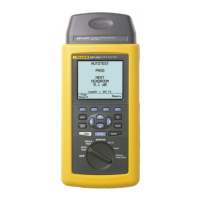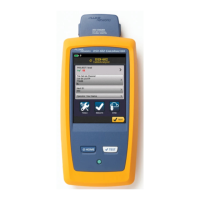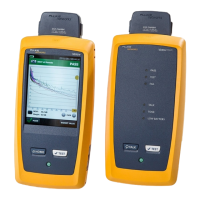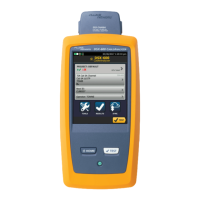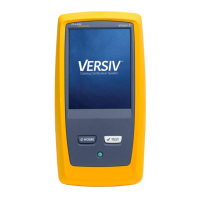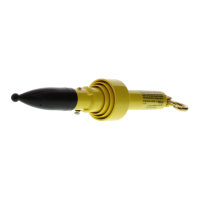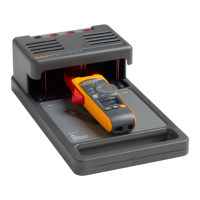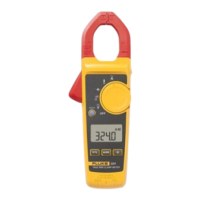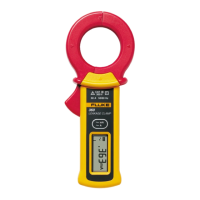What to do if Fluke CableAnalyzer DSP-4000SR show NEXT or ELFEXT error?
- DDylan MartinezAug 7, 2025
If you are experiencing NEXT or ELFEXT issues with your Fluke Measuring Instruments, the problem could stem from: * Excessive untwisting of pairs at the connection. * Insufficient quality of connecting hardware. * Damage to the cable (pinches, kinks, etc.). * Damaged connector. * Insufficient cable quality. Inspect the cable for the suggested fault at the location indicated by the diagnostics display.



